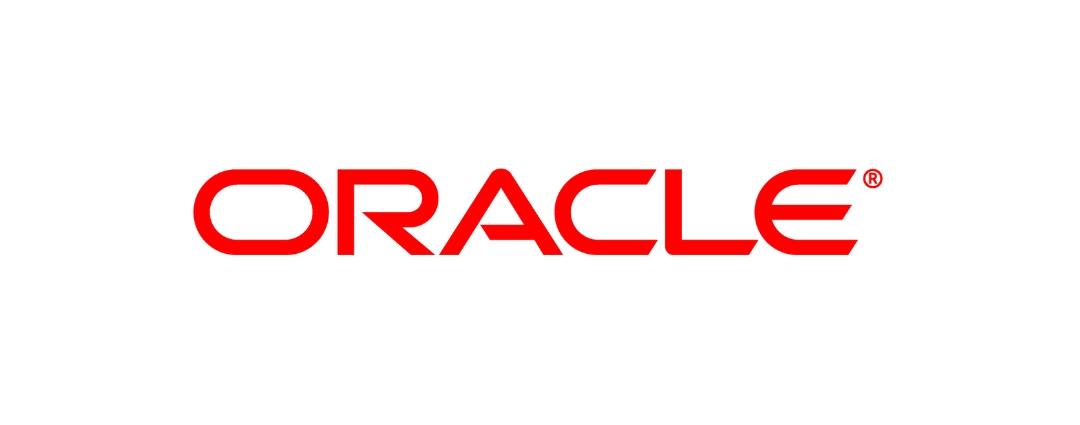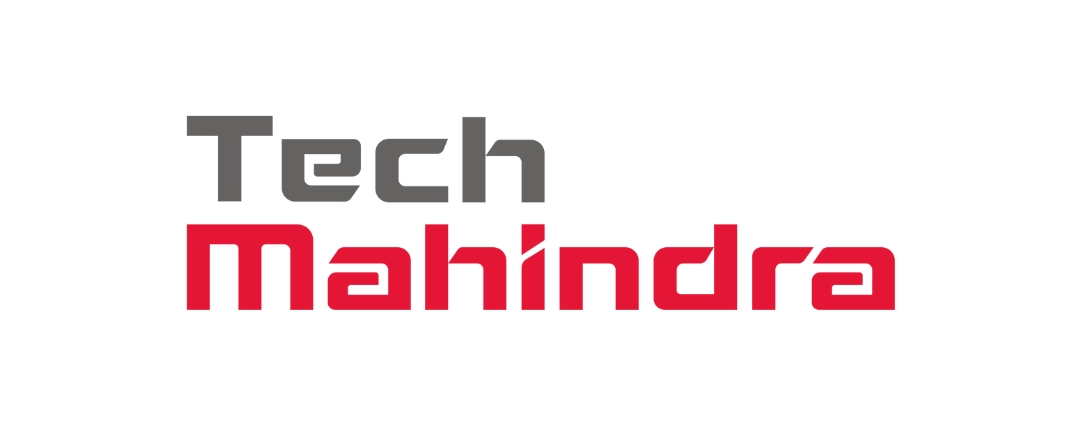BY JOSEPH SANTY – SUPPLY CHAIN CONSULTANT
Living in Shanghai a few years ago, I was blown away by the prevalence and usefulness of an app called WeChat. Most people living in the West have never heard of this app, and neither had I, until I was told by my employers it would be a necessity for communication while in China. I downloaded it and slowly became acquainted with it, becoming absolutely reliant on it as the months went by.
WeChat is like WhatsApp or Facebook Messenger on steroids. Released in 2011, at its core, it is a messaging app. Like any other messenger, users can communicate through a variety of mediums, be it text or voice messages, phone calls, emojis, photo, or video. Moreover, users can share locations as pins or in real time. They can share other users’ contact information. They can create public profiles for personal or business use.
The most interesting feature of WeChat, for me, relates to financial transactions. In linking a debit card or bank account to the profile, the app becomes the most useful payment method I have ever encountered. Through the app, users can send other users money. The built-in digital wallet keeps track of payments sent and received, and for a small fee, users can convert the digital currency into money in their bank account to be withdrawn. However, my experience in China was that cash is never needed. Nearly all businesses accept payment by WeChat itself. Rather than having to manually input the vendors’ information, customers scan the QR code found at the counter or on the restaurant table, input a price, review the invoice that appears on their phone screen, and accept the charges with the click of a button. End-to-end visibility and seamless transactions such as those provided by WeChat are needed in the supply chain world.
There is a great need for a unified system, or system of systems, that allows everyone in the supply chain, from producers to customers, to access information related to specific goods. There are a variety of reasons for this, from avoiding counterfeit products and ensuring the authenticity of a product to ensuring that food, medicine, and other perishables have been handled properly throughout processing, storage, and delivery. Industry 4.0 technologies like block chain and the Internet of Things (IoT), combined into an app providing end-to-end visibility, can be leveraged to achieve this in the supply chain life cycle. Let’s envision how this would work with the scenario below.
This chart outlines the supply chain of fish and how product traceability can be vastly improved using IoT and block chain. As things are, members of the supply chain have limited visibility up the supply chain. End customers have no idea where the fish on their plate came from, how it was processed, the conditions of its transport, and so on. Imagine that rather than simply reading a generic product label when buying fish at the store, customers could pull out their cell phones and scan a QR code that would bring up detailed information related to that specific fish at every step on its journey. Not only could end customers do this, but every member of the supply chain could do so.
Ownership & Payment
As we have discussed, a centralized database, or different databases, each run by a single member in the supply chain, can be easily tampered with. To bring security and transparency to business transactions, it makes sense to store data using blockchain. Simply put, blockchains are distributed ledgers that are nearly impossible to tamper with unnoticed. At the core of this app, business transactions would be taking place, run on smart contracts. They would be backed by immutable blockchain ledgers that show in real time who controls ownership of the product at any given time. Upon receipt of the product, the next member in the supply chain verifies that it has arrived in proper condition by analyzing the app’s data, then ownership and payments are transferred at the touch of a button.
IoT plays a large role in enabling this app. It would be nice to make use of smart contracts and possibly digital currencies in an app to manage the flow of goods, but detailed data is needed to make the app truly effective. In our example, it is essential for the fish to be maintained within a certain temperature range at all times. With use of sensors, the app could show through charts exactly what temperatures the fish were stored at during each step in the process from production through retail. Similarly, other types of sensors could be used for different product needs.
Product Tracking
A unified app could be created for use by everyone in the supply chain, from producers through end customers. It would make use of QR codes to enable quick scanning and access to product-related information, which would be generated through sensors, GPS, and the IoT. Messaging would be enabled between different members of the supply chain based on particular products, facilitating such things as product recalls and inquiries about the product at each stage. Smart contracts and digital payment through the app would ensure that vendors are paid on time and that buyers receive what they have paid for in good condition. And by storing detailed records on the block chain, companies would be able to analyze their transactions and make improvements to their business. This could lead to a much better supply chain experience for everyone involved.
Thought Leadership
Interested in Industry 4.0 technologies, please engage with ITOrizon team and subscribe to our newsletter.
Transform Your Supply Chain with ITOrizon's Leading-Edge Solutions
We are here to address your inquiries and guide you in selecting the services that best align with your needs.
Your benefits:
- Global Reach
- Expertise
- Customization
- Innovation
- Recognition
- Efficiency
What happens next?
We Schedule a call at your convenience
We do a discovery and consulting meting
We prepare a proposal














